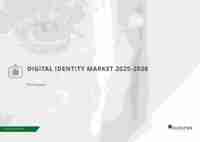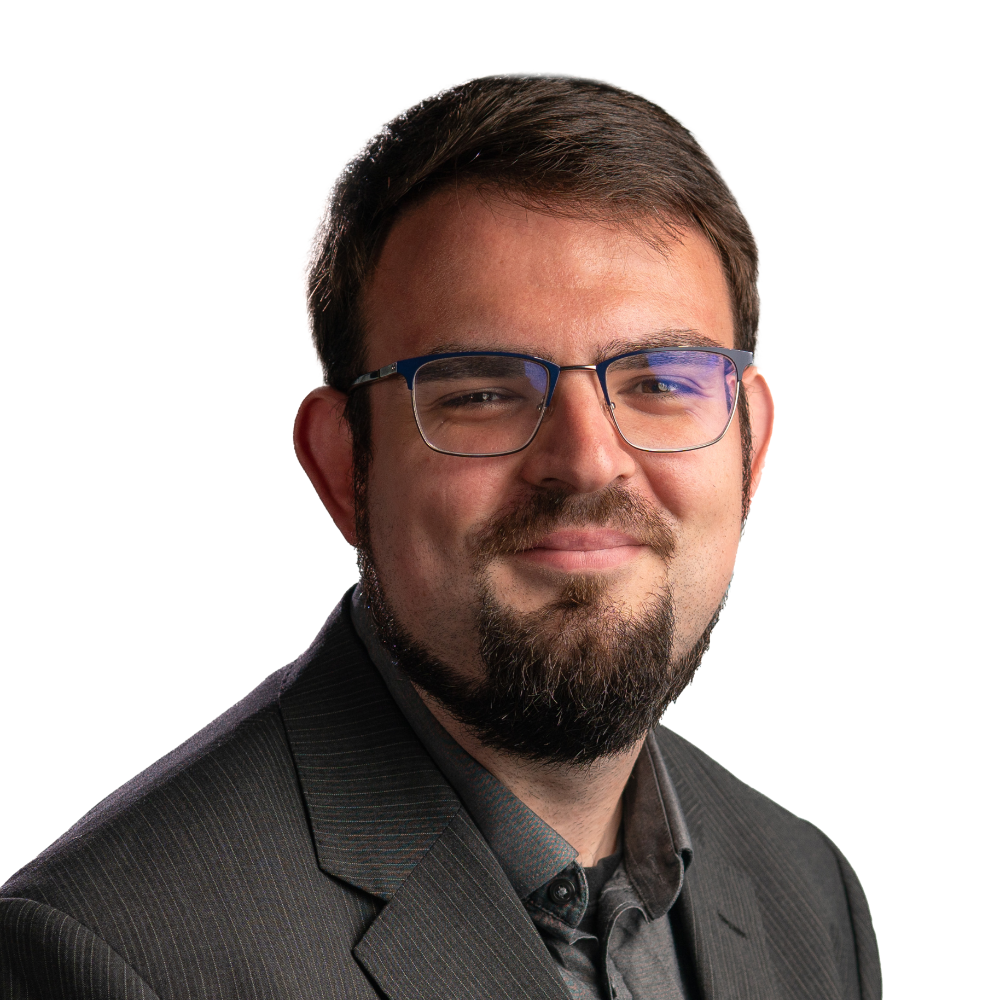The Disruptive Nature of Open Banking
Open Banking is driving the largest disruptors in the digital banking market, BaaS (Banking-as-a-Service) and embedded finance, first and foremost, by acting as an enabler for delivery of these concepts. While the idea of Open Banking may not be entirely new, its rise to prominence has been mostly fuelled by adoption of PSD2 and big tech initiatives in recent years. This has helped shape interaction patterns between traditional and emerging actors in the marketplace. As such, Open Banking is a game changer for business model innovation in the face of customer demands for seamless and ubiquitous financial products and services.
This practice is especially revolutionary for TPPs (Third-party Providers) to extend their scope and degree of financial services to areas other than banking with enhanced capabilities. For banks, although it might be perceived as the loss of data custodianship, Open Banking paves the way for their omni-presence by creating better and wider accessibility to banking services. Businesses such as big techs utilise Open Banking to tailor services according to their customers’ preferences and/or economic limitations; converting themselves into smaller-scale, FI-like organisations.
The market for Open Banking, is therefore, a continuously evolving one, with one of its biggest impacts manifested at the end user/customer level. Since traditional banking products and services are made simpler and more convenient by TPPs through data access, customers can proactively shape the development of new offerings and manage their finances while doing so. Such trends are especially visible in the digital payments landscape, where merchants and customers transact in the realm of eCommerce and the greatest number of use cases powered by Open Banking emerge; supporting new forms of currencies (ie, crypto) and other transaction mediums, such as digital wallets and cards.
The transformative nature of Open Banking can be examined from two perspectives: technical and conceptual. The former refers to the technical infrastructure powered by APIs; existing alongside customer channels and product/service lines, and built as a layer on top of core banking systems. Evolving from such infrastructure, the concept of Open Banking lends itself to multiple use cases across sectors such as core banking services, insurance, and lending, and links other ecosystem actors to banks and customers. The latter, on the other hand, represents the intangible aspect, comprising of created added value, financial transparency, customer awareness, regulatory involvement, and concerns around data privacy and security. Open Banking, in practice, sits on the intersection of the above by positioning itself as a governing regime connecting FIs and fintechs to the wider society and regulating their interactions. As such, the market is reflective of an interplay between APIs, regulations, FI and fintech relationships, and customer perceptions of Open Banking.
However, there is an integral part of customer education about what Open Banking is and the benefits it brings that need to be achieved before trust can be established between end users, TPPs and FIs. A survey we carried out in February 2021 found that 30% of the surveyed did not understand what Open Banking was. Although low customer awareness does not halt the growth of Open Banking’s due to its nature of being an enabling technology, rather than an end in itself, it can slow down customer consent, and, therefore, the process for developing new use cases for financial products and/or services.
Furthermore, in its current form, Open Banking is perceived as an equaliser force for smaller banks but mostly for fintechs at the expense of larger legacy banks. The establishment and integration of enterprise APIs are also costly. Therefore, many mid-size and large banks have engaged in Open Banking by deploying basic APIs and shying away from committing to full-scale deployments. Tied in with the lower initiatives for legacy banks to embrace Open Banking practices, poor API availability is one of the biggest inhibiting factors for adoption. Use of outdated APIs and banks’ unwillingness to innovate (or in some cases, their desire to innovate entirely on their own) become stumbling blocks for the pace of Open Banking availability, and therefore adoption.
Latest research, whitepapers & press releases
-
 ReportNovember 2025Telecoms & Connectivity
ReportNovember 2025Telecoms & ConnectivityeSIMs & iSIMs Market: 2025-2030
Juniper Research’s eSIMs and iSIMs research suite offers insightful analysis of a market set to experience significant growth in the next five years. The research suite provides mobile network operators (MNOs), original equipment manufacturers (OEMs), and eSIM management and platforms vendors with intelligence on how to capitalise on the market growth, and guidance on how eSIM-only devices and sensors, SGP.42, in-factory provisioning, and iSIMs will change the competitive landscape.
VIEW -
 ReportNovember 2025Fintech & Payments
ReportNovember 2025Fintech & PaymentsModern Card Issuing Platforms Market: 2025-2030
Our Modern Card Issuing Platforms Market research suite provides a detailed and insightful analysis of this evolving market; enabling stakeholders from banks, financial institutions, fintech companies, and technology vendors to understand future growth, key trends, and the competitive environment.
VIEW -
 ReportNovember 2025Fintech & Payments
ReportNovember 2025Fintech & PaymentsDigital Wallets Market: 2025-2030
Our digital wallets research suite provides detailed analysis of this rapidly changing market; allowing digital wallet providers to gain an understanding of key payment trends and challenges, potential growth opportunities, and the competitive environment.
VIEW -
 ReportOctober 2025Fintech & Payments
ReportOctober 2025Fintech & PaymentsDigital Identity Market: 2025-2030
Juniper Research’s Digital Identity research suite provides a comprehensive and insightful analysis of this market; enabling stakeholders, including digital identity platform providers, digital identity verification providers, government agencies, banks, and many others, to understand future growth, key trends, and the competitive environment.
VIEW -
 ReportOctober 2025Telecoms & Connectivity
ReportOctober 2025Telecoms & ConnectivityTravel eSIM Market: 2025-2030
Our comprehensive Travel eSIMs research suite comprises detailed assessment of a market undergoing rapid growth. It provides insight into how travel eSIM providers can differentiate their services to maximise success in the market over the next two years.
VIEW -
 ReportOctober 2025IoT & Emerging Technology
ReportOctober 2025IoT & Emerging TechnologyDirect to Satellite Market: 2025-2030
Juniper Research’s Direct to Satellite research suite provides satellite providers, investors, and partners, such as Mobile Network Operators, with an extensive analysis and insights into the direct to satellite market.
VIEW
-
 WhitepaperNovember 2025Telecoms & Connectivity
WhitepaperNovember 2025Telecoms & ConnectivityeSIM-only Devices: The Impact on Operators, Consumers, and IoT
Our complimentary whitepaper, eSIM-only Devices: The Impact on Operators, Consumers, and IoT, explores the challenges and opportunities for the three segments, with a particular focus on eSIM-only smartphones and SGP.42.
VIEW -
 WhitepaperNovember 2025Fintech & Payments
WhitepaperNovember 2025Fintech & PaymentsUnlocking the Next Stage of Growth for Modern Card Issuing Platforms
This free whitepaper analyses key trends shaping the modern card issuing space, and the ways in which modern card issuing platforms can capture growth.
VIEW -
 WhitepaperNovember 2025Fintech & Payments
WhitepaperNovember 2025Fintech & PaymentsTop 10 Fintech & Payments Trends 2026
Fintech is evolving fast. From stablecoins to agentic AI, our annual guide reveals the shifts redefining payments, digital identity, and the future of money in 2026. Download your copy today.
VIEW -
 WhitepaperNovember 2025Fintech & Payments
WhitepaperNovember 2025Fintech & PaymentsDigital Wallets: Empowering Financial Inclusivity
Our complimentary whitepaper, Digital Wallets: Empowering Financial Inclusivity, examines the state of the digital wallets market; considering the impact of digital wallets on different geographies, how they are shaping the modern payments landscape through lower transaction fees and promoting financial inclusivity for underbanked populations, and how they are competing with established payment methods.
VIEW -
 WhitepaperNovember 2025Telecoms & Connectivity
WhitepaperNovember 2025Telecoms & ConnectivityTop 10 Telecoms & Connectivity Trends 2026
The next phase of telecoms isn’t coming — it’s already here. From AI agents to new network models, our guide shows what’s changing right now and how it’s transforming the business of connectivity. Download your copy today.
VIEW -
 WhitepaperOctober 2025Fintech & Payments
WhitepaperOctober 2025Fintech & PaymentsHow Digital Identity is Going Mainstream
Our complimentary whitepaper, How Digital Identity is Going Mainstream, assesses the trends that are moving digital identity to be increasingly popular, and challenges to digital identity growth.
VIEW
-
Fintech & Payments
AML Adoption to Hit 3.8 Million Businesses Globally by 2030, With Europe at the Forefront
November 2025 -
Telecoms & Connectivity
eSIM Connections to Grow 300% Globally in Next 5 Years, as China Presents Instant Opportunities
November 2025 -
Fintech & Payments
Cross-border A2A Transactions to Surpass 11 Billion in 2026 Globally, Thanks to Enhanced Interoperability
November 2025 -
Fintech & Payments
Modern Card Issuing Platforms Market to Surpass $4.2 Billion by 2030, as Juniper Research Reveals Global Leaders Driving Fintech Innovation
November 2025 -
Fintech & Payments
Juniper Research Unveils the Top 10 Trends Set to Shape Fintech & Payments in 2026
November 2025 -
Fintech & Payments
Digital Wallet Users to Surpass Three Quarters of Global Population by 2030
November 2025






















